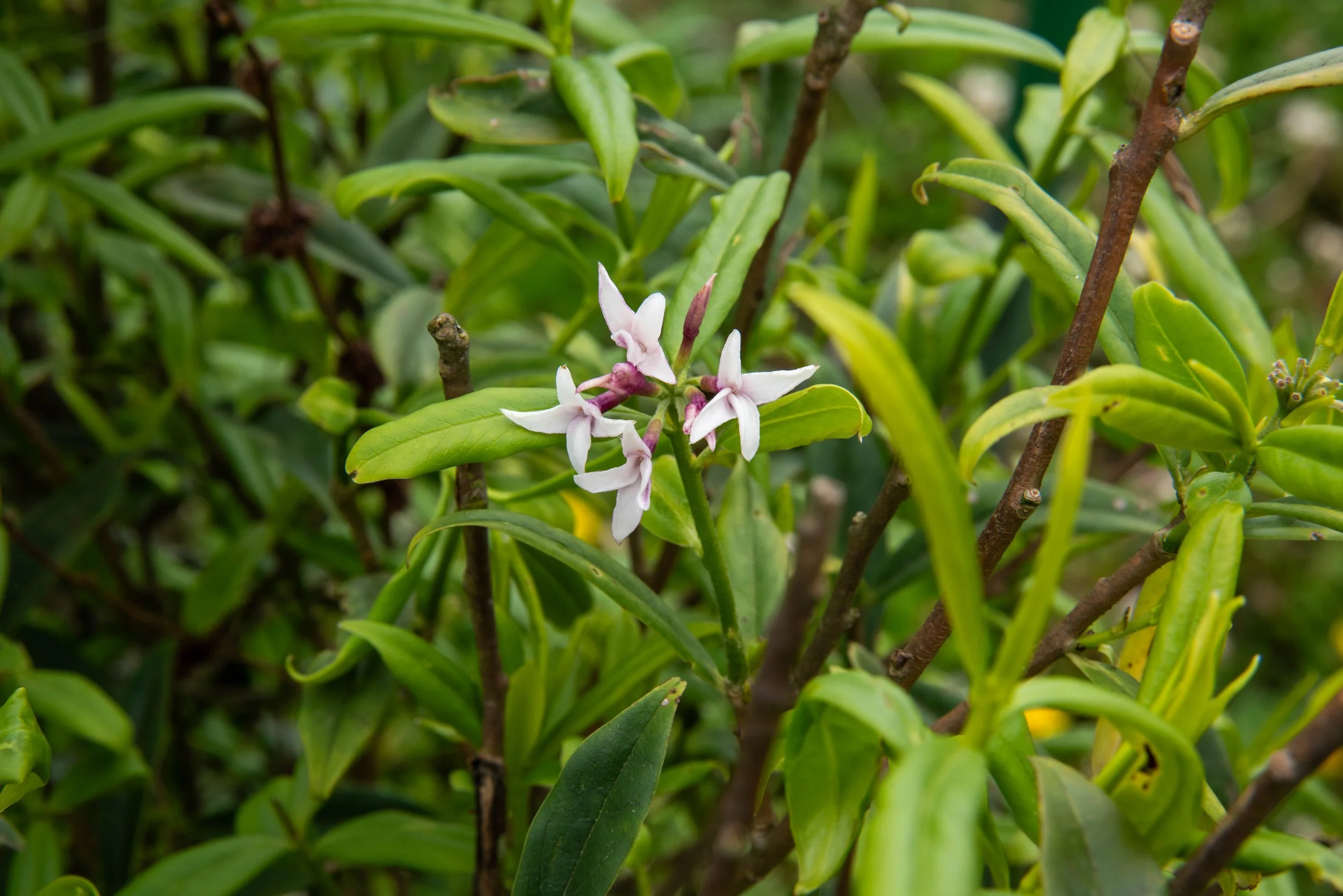Our itinerary suggested that today was a ‘road safari’ day and as well as the distance to travel we had interesting places to visit along the way.
The morning’s travel started at 09:00 with us heading eastwards out of Thimphu following the Wang Chhu river. On the opposite side of the river we could see high above us the giant bronze Buddha Dordenma we’d visited yesterday, now bathed in early morning sunlight.
Buddha Dordenma, viewed from roadside heading our of Thimphu
Buddha Dordenma, viewed from roadside heading our of Thimphu
Buddha Dordenma, viewed from roadside heading our of Thimphu
We then passed the Simtokha Dzong which was built in 1629 and is the oldest dzong in Bhutan to have survived as a complete structure. This handsomely proportioned monastery marks the spot where, we’re informed a demon vanished into a rocky outcrop. It served as a fortress too, protecting the Thimphu valley and the road east towards the Dochu La Pass.
Simtokha Dzong
We followed the winding road upwards for 23 km through a verdant rain forest environment with ferns, moss and green undergrowth amongst large blue pines and other tall trees. We were particularly interested to the the number of native rhododendrons in flower with their blood red petals forming a striking colour juxtaposition against the dominant greenery. Apparently there are 36 of Bhutan’s 46 species of rhododendrons growing within the pass region.
Blue pine forest
On the way up to the pass we stopped at a small stream near the village of Hongsho. The water flowing in this stream turns a prayer wheel and is regarded as sacred with special powers for health and wellbeing. There is a chorten or small stupa at this site and the area is criss-crossed with hundreds of multi-coloured prayer flags.
Roadside scene on the pass between Thimphu and Hongtsho
Our bus at water wheel at Hongsho
When we reached the top of the Dochu La Pass at 3130 m we were in dense cloud and could not see further than ten or so metres. The thought of viewing the panorama of the Bhutan Himalayas was sadly put aside until our return trip in two day’s time.
Although there was no panoramic view, the top of the pass is marked by an impressive collection of 108 chortens. These chortens were built in 2005 as a Buddhist atonement for the loss of eleven Bhutanese soldiers’ lives that occurred during military action to flush out Assamese dissidents in southern Bhutan.
Chortens in the fog at Dochu La Pass
Near a panoramic photograph that labels the Himalayan peaks normally viewed from the Dochu La pass, we found several daphne bushes in flower. The flower is similar to the species Daphne odora we have in our garden but this is Daphne bholua, an alpine species commonly known as the Nepalese paper plant. The bark of this daphne bush is used to obtain the fibre for making paper as we’d seen yesterday in Thimphu.
Daphne
Having now reached the Punakha district we drove to the village of Metshina about 11 km south of Punakha.
We then set out on foot to visit the the Temple of the Divine Madman. The pathway we followed was difficult to negotiate being narrow, muddy and undulating. At one point we decided it was easier to avoid the path and walk across a rice paddy area and then a barley paddock where the gain was being hand harvested.
Our pathway across the rice paddies, Punakha
After following a quite devious pathway we reached a hillock where we encountered the yellow roofed Chimi Lhakhang built in 1499 to honour the ‘Divine Madman’, Lama Drukpa Kunley.
Chimi Lhakhang
Inside the temple is the central statue of the vagabond lama plus other statues of his supporters.
Lama Kunley was a social critic who taunted the hypocrisy of the established religious orders as well as the monastic order. Thus the use of his phallus as a ‘flaming thunderbolt’ weapon symbolises the “discomfort that society experiences when facing the truth”.
Childless women come to this temple to receive a wang (blessing) from the saint and are then to be rewarded with the increased chance of pregnancy! We observed a young woman carrying a very large wooden black penis as a backpack as she walked around the temple perimeter three times to boost her chances of conception.
Childless woman carrying phallus for fertility, Chimi Lhakhang
Pathway from Chimi Lhakhang
The souvenir shops all around Chimi Lhakhang have for sale dozens of phalluses of all shapes and sizes and even houses have penises painted on their walls. This Punakha phallus obsession is quite extraordinary and has its origin entirely from the teachings of the ‘Divine Madman’!
Souvenir shop, Chimi Lhakhang
In the post luncheon session we drove to the confluence of the Mo Chhu (Mother River) and the Pho Chhu (Father River) where commanding the river junction was the Punakha Dzong. This massive structure is generally regarded as Bhutan’s most impressive building.
Confluence of the Mo Chhu (Mother River) and the Pho Chhu (Father River)
Punakha was Bhutan’s capital for over 300 years and it was only in 1955 that the capital was moved to Thimphu. Although the Punakha Dzong previously functioned primarily as the royal palace, it now serves as the winter residence of about 200 monks. Within the massive building are three courtyards, several temples, administrative offices and monks’ accommodation. The jacaranda trees in the Dzong’s garden were in flower and looked spectacular.
Punakha Dzong
Bridge to the Punakha Dzong
An unusual sight was to see a proud rooster wandering amongst masses of visitors, completely unperturbed by the crowds. This one rooster has been anointed as the Dzong’s rooster and is to be protected until it finally dies. It revered status is indicated by the gold paint that had been added to his comb.
Rooster
Rooster
Not far from the Dzong is the 160 m long suspension bridge across the Pho Chhu river.
We walked across the swaying foot bridge with its adornment of prayer flags draped at every possible point. An official keeps an eye on numbers of visitors allowing no more than 100 on the bridge at any one time.
Suspension bridge across the Pho Chhu river
Our day’s sight seeing finished here and we then had our friendly driver Tenzin take us to our Lobesa Boutique Hotel overlooking the rice paddies along the Pho Chhu River.
Tomorrow we continue our tour around the Punakha district.




















